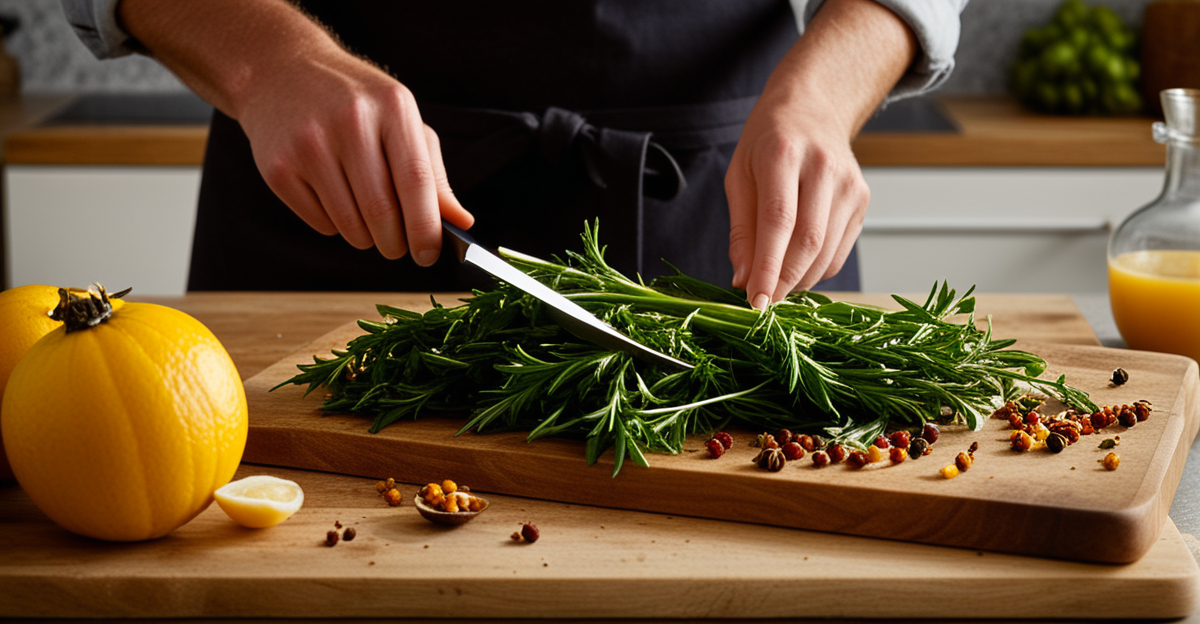Benefits of Cooking with UK’s Seasonal Ingredients
Cooking with UK seasonal produce offers clear advantages that enhance both flavour and nutrition. Seasonal fruits and vegetables are harvested at their peak ripeness, providing richer taste and higher vitamin content compared to out-of-season imports. Selecting ingredients in season means you enjoy the freshest produce, which naturally retains more nutrients and requires less chemical intervention to grow and store.
Sourcing local UK seasonal produce promotes sustainability by reducing the carbon footprint associated with long-distance transportation. Buying from local farmers also supports the UK’s agricultural economy and encourages environmentally friendly farming practices. This local connection helps maintain green spaces and biodiversity, essential aspects of a sustainable food system.
Additional reading : What Innovative British Dishes Can Transform Your Travel Plans?
Incorporating seasonal ingredients actively shapes modern British cuisine. Chefs and home cooks alike take advantage of the changing availability of ingredients to innovate dishes that reflect the best of each season. This dynamic approach not only respects traditional British flavours but also encourages creativity rooted in sustainability and quality.
Understanding the benefits of eating seasonally thus bridges nutrition, ecological responsibility, and culinary enjoyment, making it a wise choice for anyone interested in high-quality, sustainable meals.
Also to read : What Are the Secrets Behind Classic British Dishes?
Highlighting the Best British Seasonal Ingredients
Discovering the right British seasonal ingredients is key to unlocking fresh, flavourful meals. Each season in the UK offers a distinct palette of local vegetables and fruits that flourish under natural conditions. For example, spring brings young asparagus, broad beans, and rhubarb, prized for their delicate taste and crisp texture. Come summer, juicy strawberries, cherries, and new potatoes dominate markets, showcasing the vibrant energy of the season.
Autumn harvests boast earthy root vegetables like carrots and parsnips, alongside damsons and blackberries, which are perfect for both cooking and preserving. Winter focuses on hardy greens such as kale and Brussels sprouts, providing essential nutrients during colder months.
British-grown fruits and vegetables often carry unique qualities tied to the climate and soil. This gives UK seasonal produce unmistakable freshness and flavour, ideally suited for traditional recipes and modern twists alike.
Finding fresh local UK vegetables and fruits involves visiting farmers’ markets or local farm shops where the produce reflects what grows nearby. These venues not only supply superior quality but also ensure the foods are picked at peak ripeness, enhancing both taste and nutritional value. Regularly engaging with local sources keeps your cooking aligned with the very best British seasonal ingredients.
Modern Cooking Techniques for Seasonal Produce
Exploring modern British recipes reveals how innovative cooking methods elevate seasonal ingredients. Chefs increasingly fuse tradition with creativity, using techniques like sous-vide, roasting with minimal fat, and fermentation to enhance natural textures and flavours. These methods highlight the freshness and integrity of seasonal produce, allowing distinctive tastes to shine through while maintaining nutritional value.
How can traditional British recipes adapt to contemporary cuisine? By incorporating seasonal vegetables and fruits in unexpected ways—such as transforming spring rhubarb into a tangy sauce or pairing autumn root vegetables with delicate herbs—dishes feel fresh without losing cultural roots. This balance respects heritage while embracing innovation.
Pairing is key for successful modern British recipes. Combining locally sourced asparagus with mizuna or kale accentuates contrasts in flavour and texture. Chefs also experiment with spice blends and contrasting cooking styles to create exciting seasonal menus that appeal to modern palates.
These evolving approaches invite home cooks to rethink cooking with seasonal produce, encouraging experimentation with new techniques. The result is a vibrant, contemporary cuisine firmly anchored in the UK’s rich array of seasonal ingredients.
Practical Tips for Incorporating UK’s Seasonal Ingredients
Successfully cooking with seasonal produce means planning meals around what is fresh and abundant in the UK. Start by building weekly menus that highlight available local UK vegetables and fruits, ensuring dishes capture peak flavour and nutrition. For example, include spring peas and rhubarb salads in spring menus or autumn root vegetable stews as the season changes.
Storing and preserving seasonal ingredients extends their enjoyment beyond harvest. Techniques such as freezing berries, pickling cucumbers, or drying herbs help retain quality while reducing waste. These methods not only lock in nutrients but also support sustainable cooking tips by minimizing the need for imported or out-of-season items.
Simple substitutions can keep your meals fresh year-round. If a favourite ingredient like UK-grown tomatoes is out of season, consider using cooked squash or roasted peppers as alternatives. This flexibility encourages creativity and ensures dishes remain vibrant and seasonal despite changing availability.
By integrating these practical strategies, you can enjoy the full benefits of cooking with seasonal produce while contributing to a more sustainable and flavourful kitchen experience.





